posts
|
Though I went to Wittenberg to learn more about Martin Luther and visit the Lutherhaus museum, I was told that for an extra 2 euros, I could also tour Phillip Melanchton's house; so I agreed. I had read about Melanchton's place in the Reformation--particularly his work as the architect of the Augsburg Confession--but it was really Melanchton's personal life that impressed me on this trip. Melanchton entered university at the age of 12, earned a master's degree by age 19, and became a lecturer of Greek at Wittenberg University at 21. He was clearly a prodigy with a brilliant mind who imbibed the humanist teachings of Erasmus and others and returned to the sources of the Christian faith, reading the Scriptures and the church fathers in the original languages. Unlike Luther, Melanchton took a much more irenic approach to theological discourse--a tone in the Augsburg Confession that Luther criticized--and he had the ability to compromise on issues. When the Reformation came to Wittenberg (monasteries and convents were closing and monks and nuns began to marry), Luther arranged Melanchton's marriage to Katherina Krapp in 1520. From all accounts, the brilliant Melanchton deeply loved his wife and their four children. On one occasion, a visitor to the Melanchton home was surprised to see the theology professor reading a book and rocking a child to sleep at the same time. Melanchton was rather sickly and stuck to a strict diet of fish and eggs. He also struggled with insomnia, so he tried different wines to help him sleep at night. Like Luther, Melanchton had many dinner guests and table talks; however, as Luther hosted theological discussions after dinner, Melanchton preferred to talk about different types of wine! A final quality of Melanchton that impressed me was how he cared for the international students who came to study at Wittenberg. While Latin was the language of instruction in the university, church services were conducted in German and many of the students could not understand. So, in addition to his responsibilities as a professor and teacher, Melanchton gathered the internationals together for a worship service and time of teaching that they could understand. An early edition of the Augsburg Confession--a Protestant confession of faith presented in 1530. This is a draft of the history of the town of Wittenberg that Melanchton wrote. While it is neat to see a work in progress--corrections and all--of a brilliant thinker, it is also noteworthy that Melanchton saw paper as a precious item and did not like to waste it.
Part of my trip to Germany last month took me to Eisenach, the hometown of Johann Sebastien Bach, but also the location of Wartburg Castle (above). In 1521, following the imperial Diet of Worms where Martin Luther refused to stand down from his views, Prince Frederick of Saxony had Luther abducted and hidden in the Wartburg in order to protect the reformer. During his 10 months at the castle, Luther grew out his hair and beard, lived in disguise, and went by the name Junker Jorg (George the Knight).
Luther's great accomplishment was taking 10 weeks in the Fall of 1522 to translate the New Testament into colloquial German. Below are pictures of Luther's room where he worked as well as an early edition of the German New Testament now kept in the Lutherhaus museum in Wittenberg. After his translation was checked over by his colleague Phillip Melanchton, 3000 copies of the German NT were printed and sold overnight. For me, traveling to Wittenberg and Eisenach was almost a pilgrimage of sorts as I pondered Luther's courage and boldness to stand up to state and church powers for his biblical convictions. I noticed on the walls of his room that travelers have been visiting Wartburg and carving their initials in the walls since 1603! May we emulate Luther's courage to remain faithful to Scripture as our final authority for belief and practice. For 2 weeks in May, I had the privilege to travel to Germany to teach at the European School of Culture and Theology, but while there, I couldn't resist the opportunity to explore some of Germany's rich Reformation church history and learn more about its most famous contributor Martin Luther. During some days off, I traveled to Wittenberg where Luther lived, taught at the university, and ultimately launched the German Reformation from there by nailing his 95 theses to the castle church door at Wittenberg (above). Sometimes pictures say much more than our words can; so below are some choice photos from Wittenberg with a brief description. This (above) is an early copy of Luther's 95 theses. Notice that they are written in Latin--the lingua franca of 16th century German scholars--and not intended to be a popular treatise. That changed, however, when they were translated into German and distributed around the country. Though this was not the first time Luther had nailed theses to the church door (the community bulletin board for idea exchange), it was the first time that he mentioned money and the sale of indulgences, which certainly drew the attention of church leaders. Luther was a prolific author and his sermons, treatises, and books were circulated around Germany and Europe and served to stoke the Reformation. Here is the book room of Lutherhaus in Wittenberg where many early editions of his works are on display. Luther's books and thoughts were circulated quickly by this 15th and 16th century form of cutting edge technology--the printing press. This is the courtyard of Lutherhaus. Originally it was an Augustinian monastery that also housed the University of Wittenberg. With the advent of the Reformation, Luther acquired the house where he lived with his wife Katarina von Bora, their six children, and many other foster children and guests. This was the dining area of their house where many post-meal time discussions (table talks) took place. These theological discussions were recorded and later published. The Wittenberg common chest. According to the Lutherhaus museum: "In 1522, the town council of Wittenberg establishes the common chest through a Reformation town ordinance: All church income is collected under one administration, equally shared by the town council, community, and pastors. The care for the poor and sick is paid from it. Low-income craftsmen are granted loans with favorable interest rates. Low-income parents are also given financial support so they can afford to send their children to school or university, respectively."
|
Archives
November 2023
|

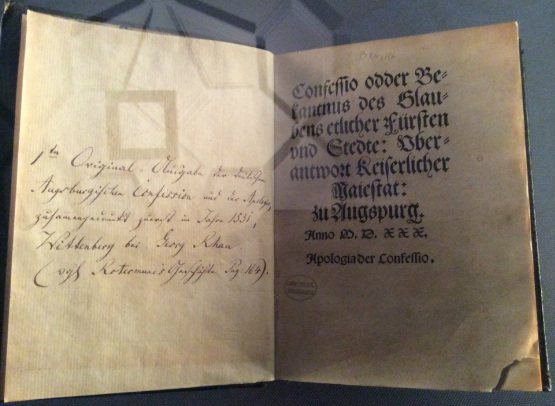
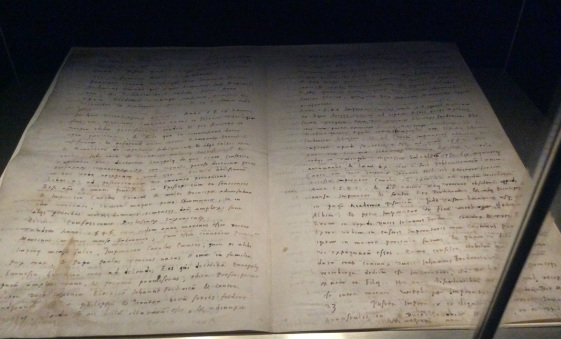
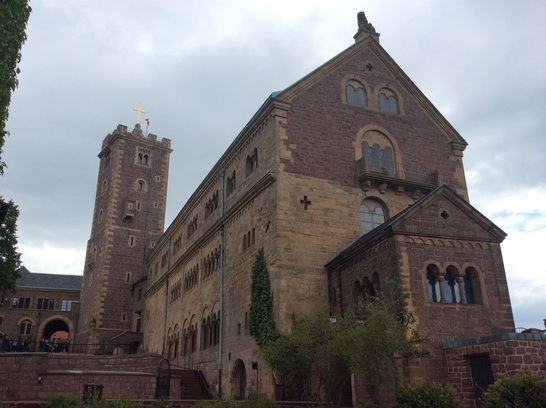
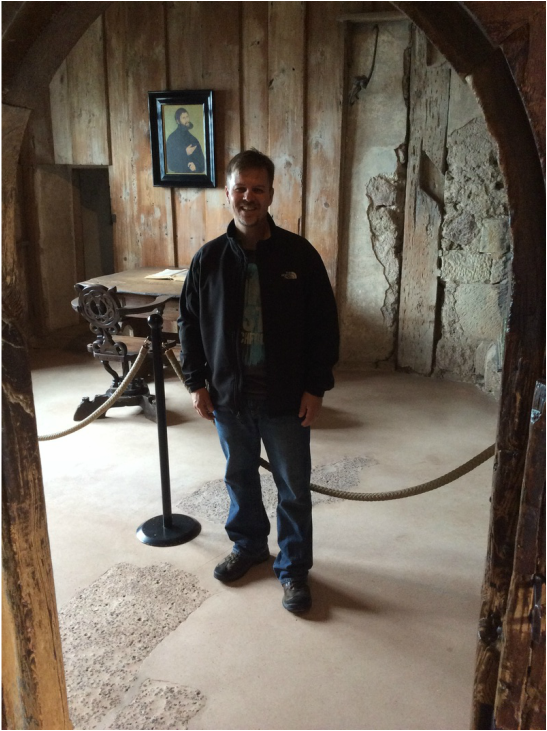
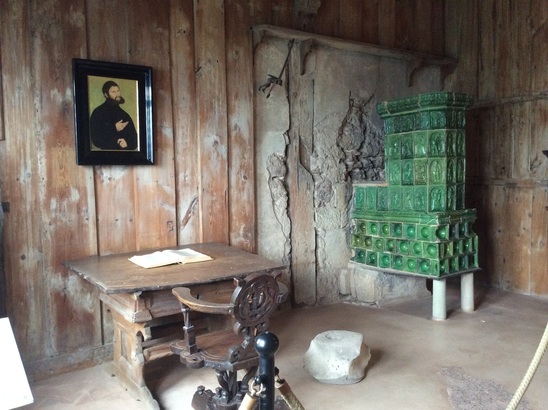
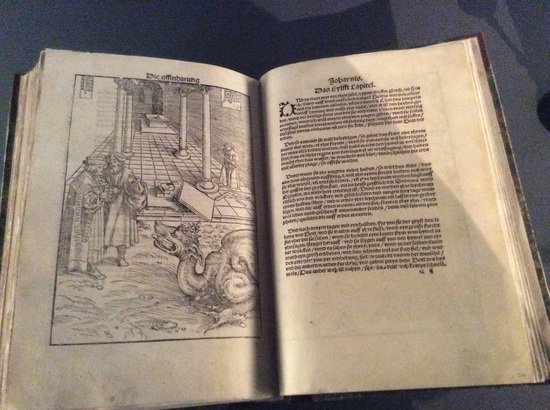
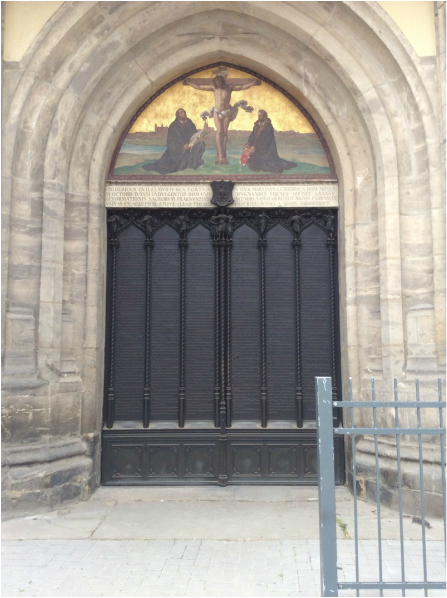
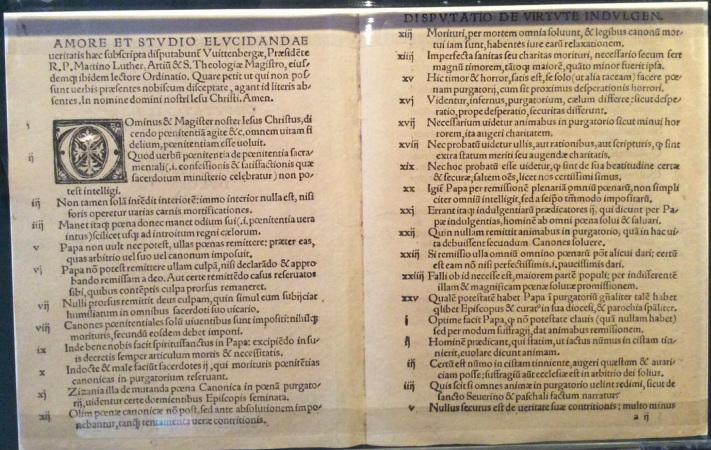
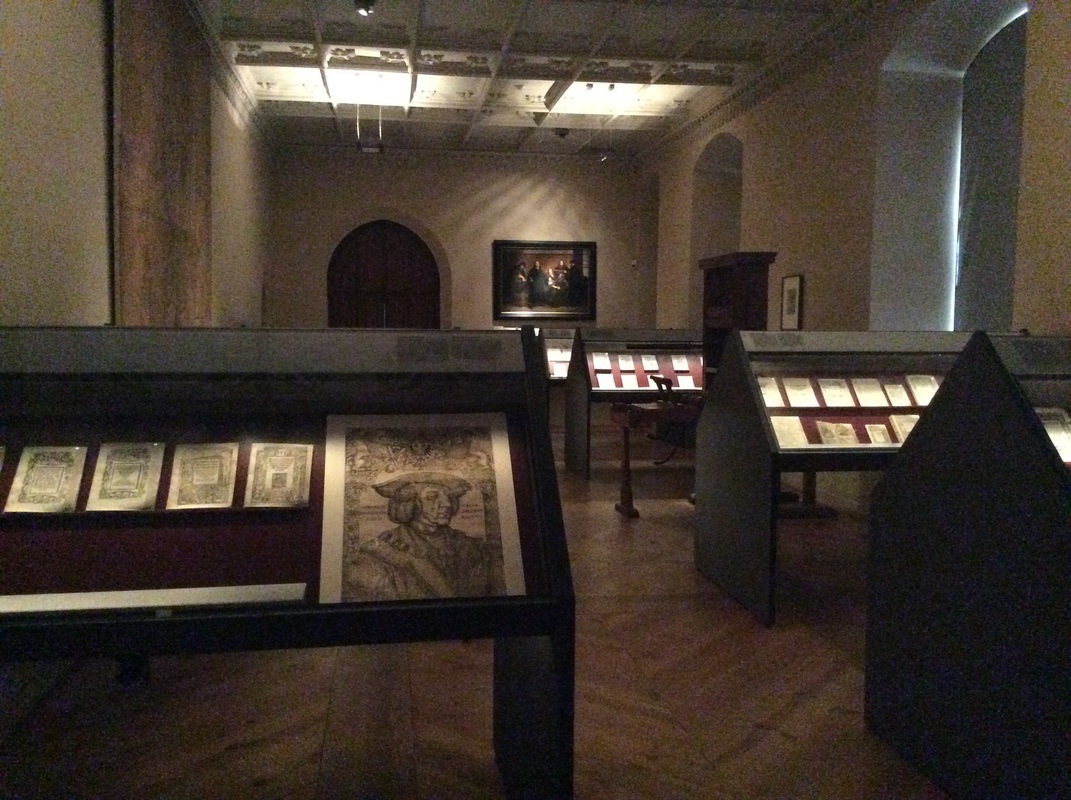
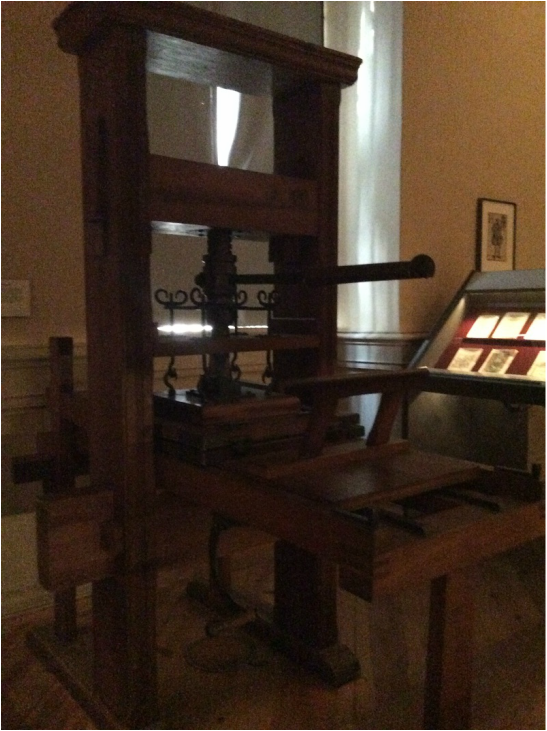
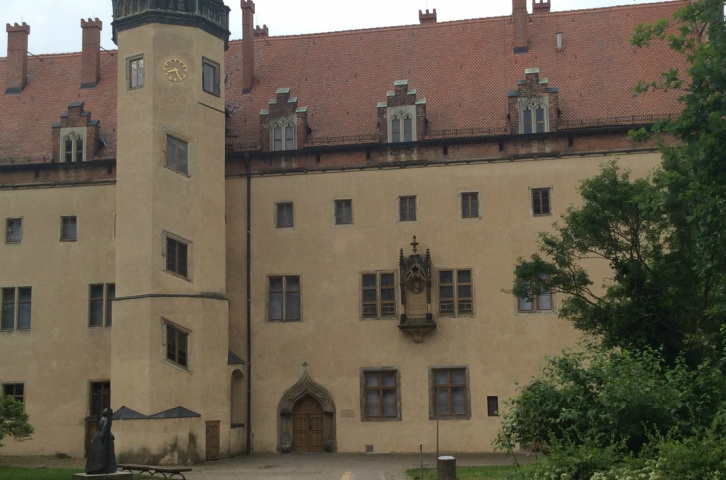
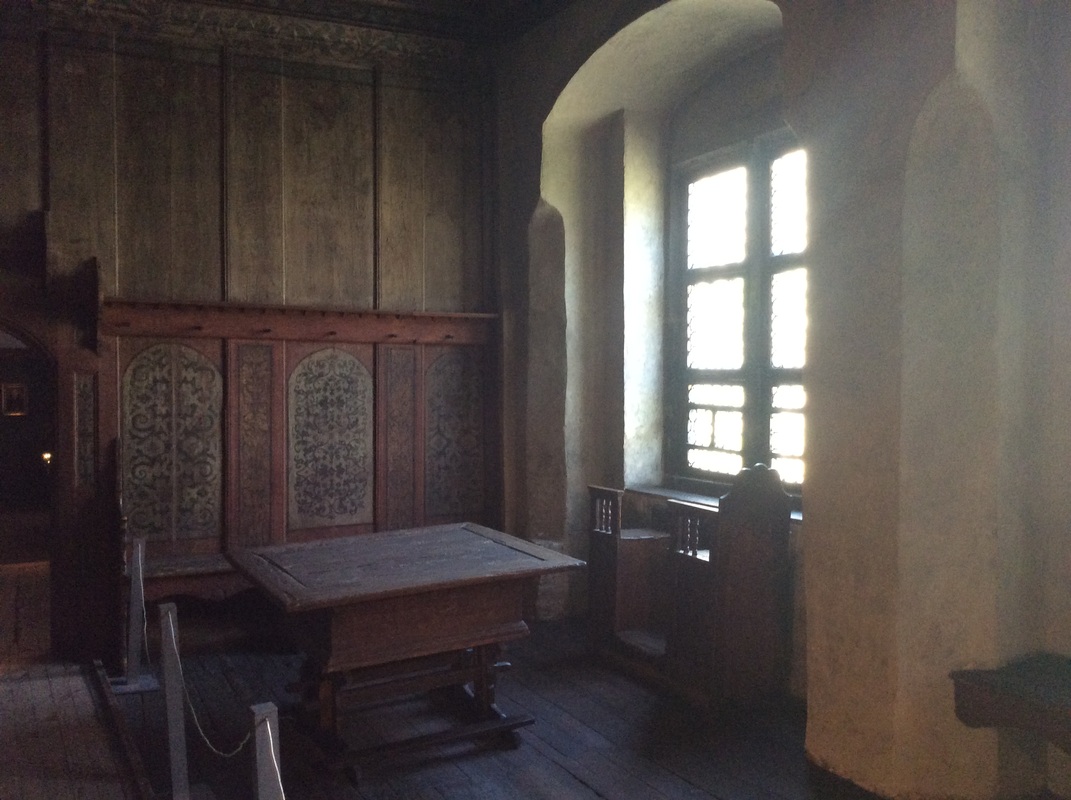
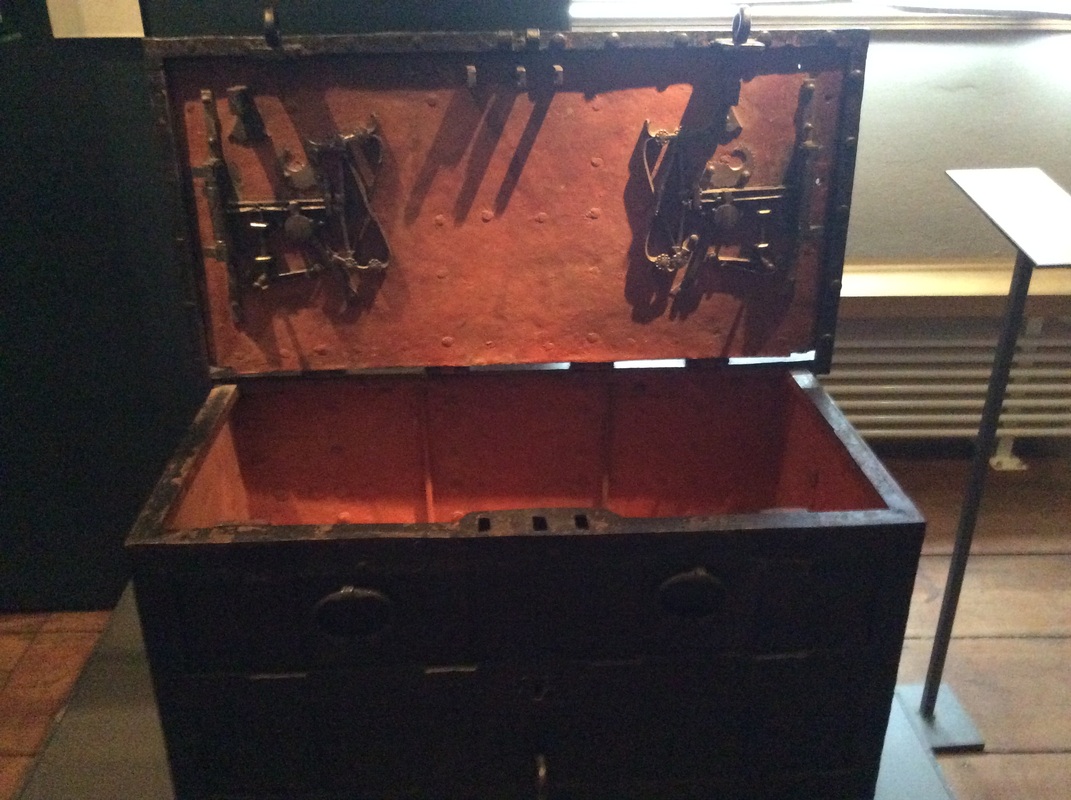
 RSS Feed
RSS Feed
